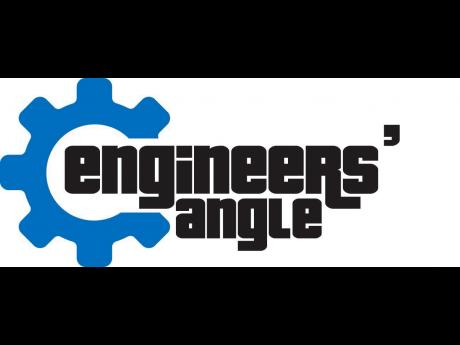Engineers’ Angle | Switching from gasolene to LPG - The pros and cons
Liquefied petroleum gas (LPG) has been around for a very long time and its use in vehicles, as an alternative to gasolene, has been well documented.
But for today's drivers, any alternative must offer, at the very least, a promise of a reduction in fuel cost. For the more frugal consumer, engine compatibility, fuel efficiency, number and location of refuelling stations are just some other factors to consider. So, why should you consider a change in fuel for your vehicle if given the opportunity?
LPG, which contains mainly propane and butane, is widely available in Jamaica. In fact, in most households you will find a cylinder of LPG sitting in or just outside of the kitchen and connected to a stove.
The LPG used in vehicles is known as autogas. This is a by-product of the crude oil refining process and of natural gas processing, and has been widely used in vehicles in several countries, namely in the European Union, Turkey, Russia, Australia, South Korea, Hong Kong, and India.
According to the World LPG Association, it powers over 15 million vehicles in Europe, more than six million in the whole Asia-Pacific region and more than 200,000 in North America.
Alternative Transportation Fuel
The United States of America recognises autogas as an alternative transportation fuel in its Energy Policy Act of 1992. There are no known restrictions to its use in vehicles in Jamaica.
The US Department of Energy (US DOE) notes on its website that LPG presents no threat to soil, surface water, or groundwater. The website further highlights the higher-octane rating (104-112) of LPG compared to gasolene (87-92).
This makes LPG a suitable fuel for higher engine compression ratios without engine knocking and, therefore, an excellent choice for spark-ignited internal combustion engines.
Additionally, LPG burns cleaner than petrol, is non-toxic and non-corrosive. The US DOE notes that the cleaner burning LPG, with a carbon content lower than petrol, produces less particulates (deposits) after combustion and, therefore, results in low oil contamination, lower emissions, improved engine life, and lower vehicle maintenance costs compared to conventional gasolene engines.
You may now be wondering how your petrol-burning car can make use of LPG. While there are dedicated vehicles using only autogas, a conversion kit providing a secondary fuel system can be installed in a regular gasolene vehicle, enabling the use of LPG.
Typically, such kits allow the vehicle to operate in a dual-fuel mode, using either autogas or petrol. According to the US DOE, some advantages of the dual fuel mode include less dependence on any one fuel source and longer driving range due to the additional fuel tank.
However, conversion kits can be very expensive, and depending on the amount of fuel you use, you may not realise a return on your investment.
But also of concern is the cost of the fuel. While fuel economy of vehicles converted to use autogas has been reported in the range of 20-25 per cent lower than gasolene, propane and butane consistently costs less than 50 per cent of the cost of gasolene, according to Petrojam's Price Index.
By using autogas, you should consume more fuel, but spend less to travel the same distance compared to using gasolene.
But before you install an LPG system, consider issues of safety. Ask your installer to outline to you the safety precautions taken during installation, the safety features of the kit and any other points of safety during operation.
Of note, because LPG is stored in a pressurised tank, a ruptured tank is a serious safety concern. This begs the questions of whether these systems should be approved by the Bureau of Standards Jamaica.
The catastrophic failure of the pressured tank (which can happen in an accident) can cause the sudden release of the high-pressure vapour from the LPG tank, resulting in a powerful explosion from just a spark.
According to the Anadolu Agency, in a crash test in Poland conducted by LPG experts, two autogas-powered cars were made to collide with their engines running on LPG. The experts noted that the safety features of the LPG fuel system worked, and the crash test proved that the cars were safe, and the LPG tanks behaved just as nothing had happened to them; the tanks were not ruptured in the crash.
Should you switch? The decision is yours to make. You should consider the total cost of converting your vehicle to use LPG before taking the plunge.
Ask your installer about any fuel-management system to be installed and any impact on your car's performance. Feel comfortable to talk with your installer about any concerns you have. They should be able to answer your questions.
- Kirkland Rowe is a senior lecturer in the Mechanical Engineering Department at the University of Technology, Jamaica. He is a registered professional engineer in Jamaica and a certified energy manager. Send questions and comments to, editorial@gleanerjm.com or jie@cwjamaica.com.



